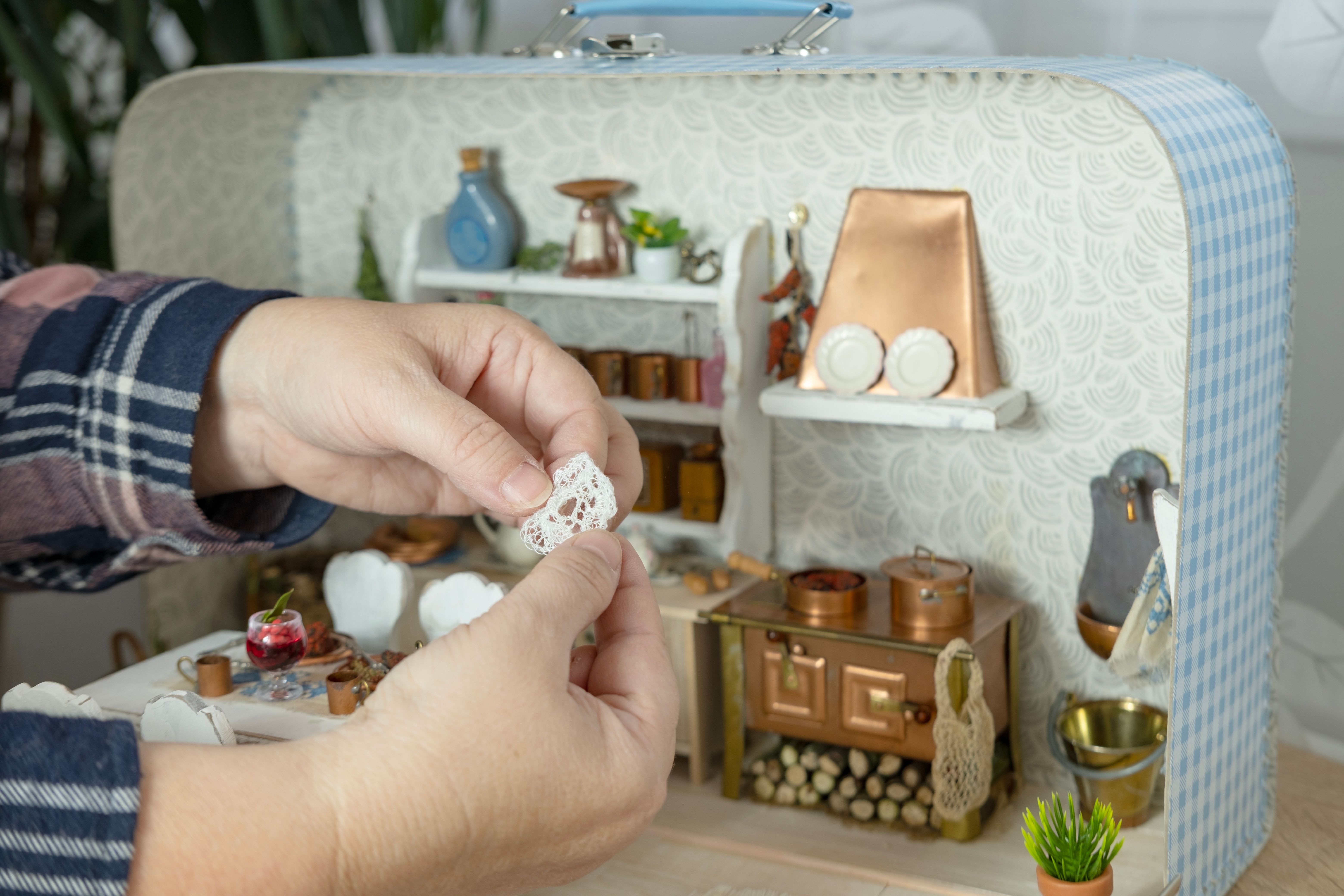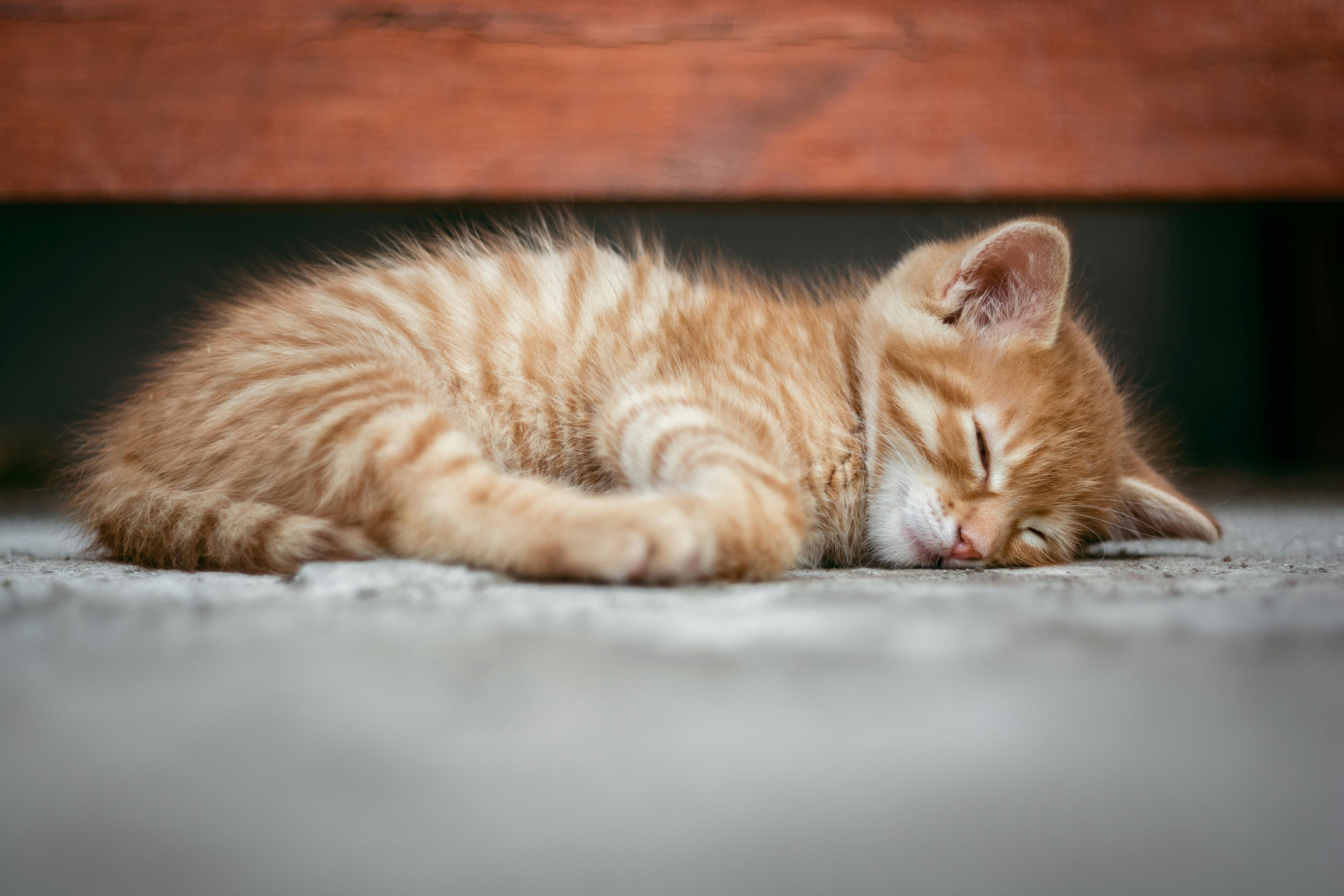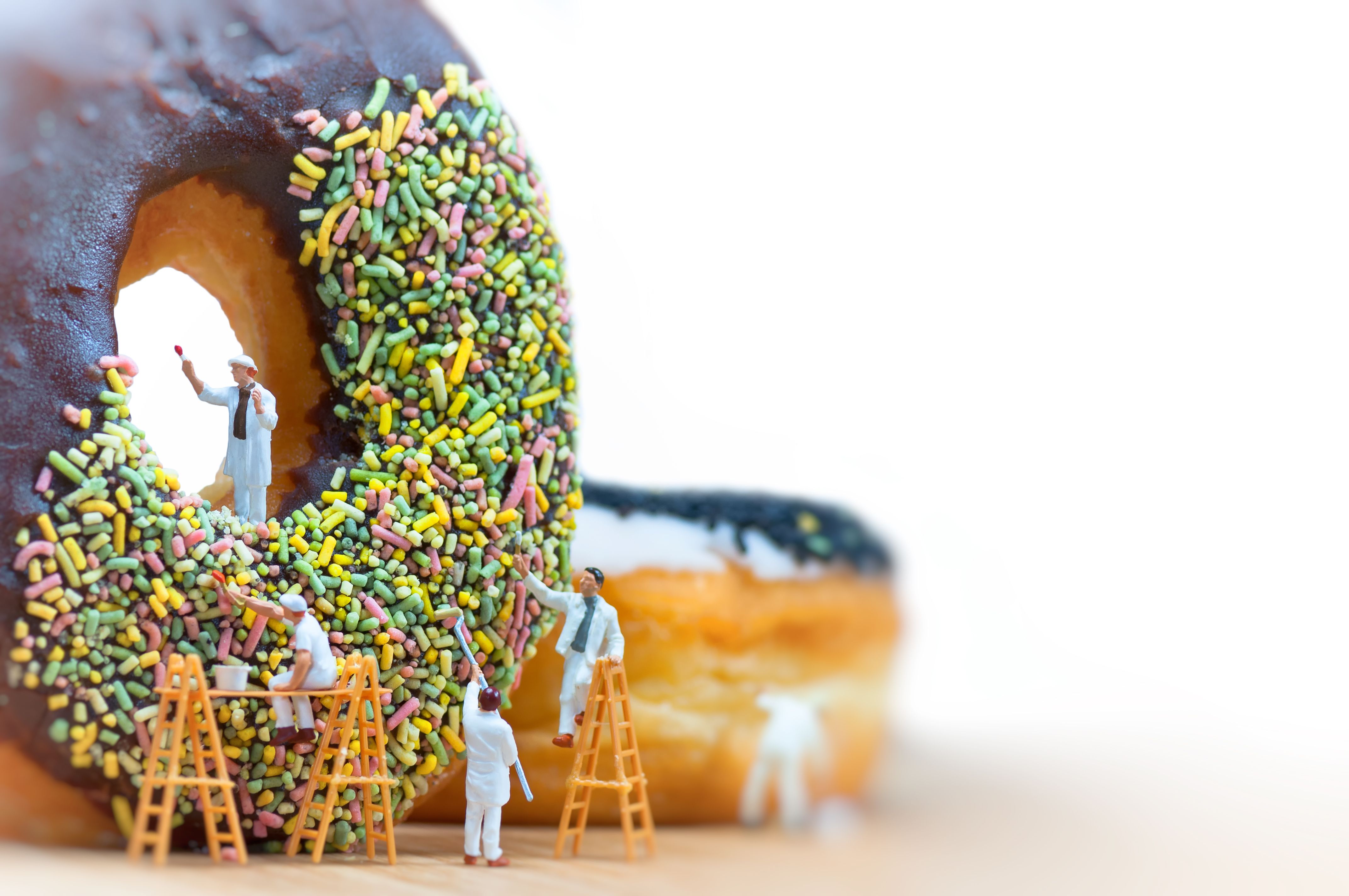Why We Love Tiny Things: The Psychology of Cuteness

Have you ever found yourself captivated by a baby animal, a mini teacup, or a dollhouse that’s just too adorable for words? It’s not just you—there’s actual psychology behind why we’re drawn to all things tiny. Scientists call this phenomenon "cuteness appeal," and it taps into deep-seated instincts and emotional triggers that are hardwired into our brains.
The Science of Cuteness
At the heart of our love for tiny things is a psychological concept known as "baby schema." Coined by Austrian ethologist Konrad Lorenz, baby schema refers to features like big eyes, round faces, and small bodies — traits that we associate with infants. These features trigger a caregiving response, activating feelings of protectiveness and affection.

This instinct isn’t limited to human babies. It’s why we gush over puppies, kittens, and even inanimate objects like tiny figurines or miniature furniture. Seeing something small and delicate sparks feelings of joy and reduces stress, releasing dopamine, the “feel-good” chemical, in our brains.

